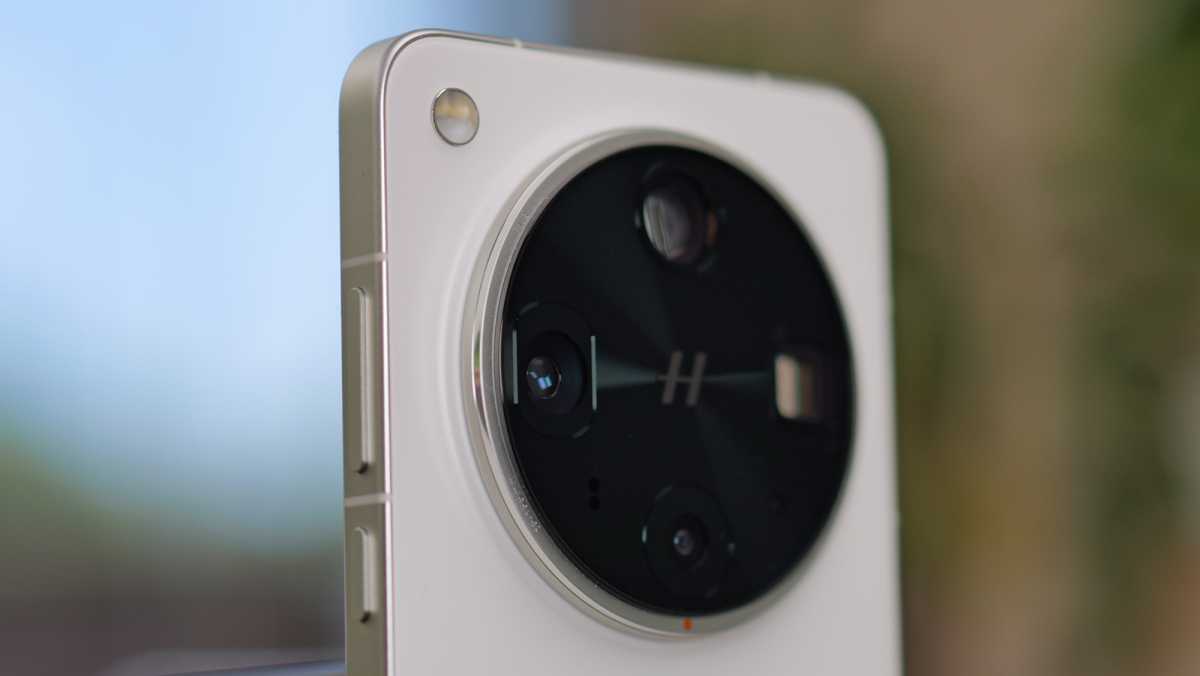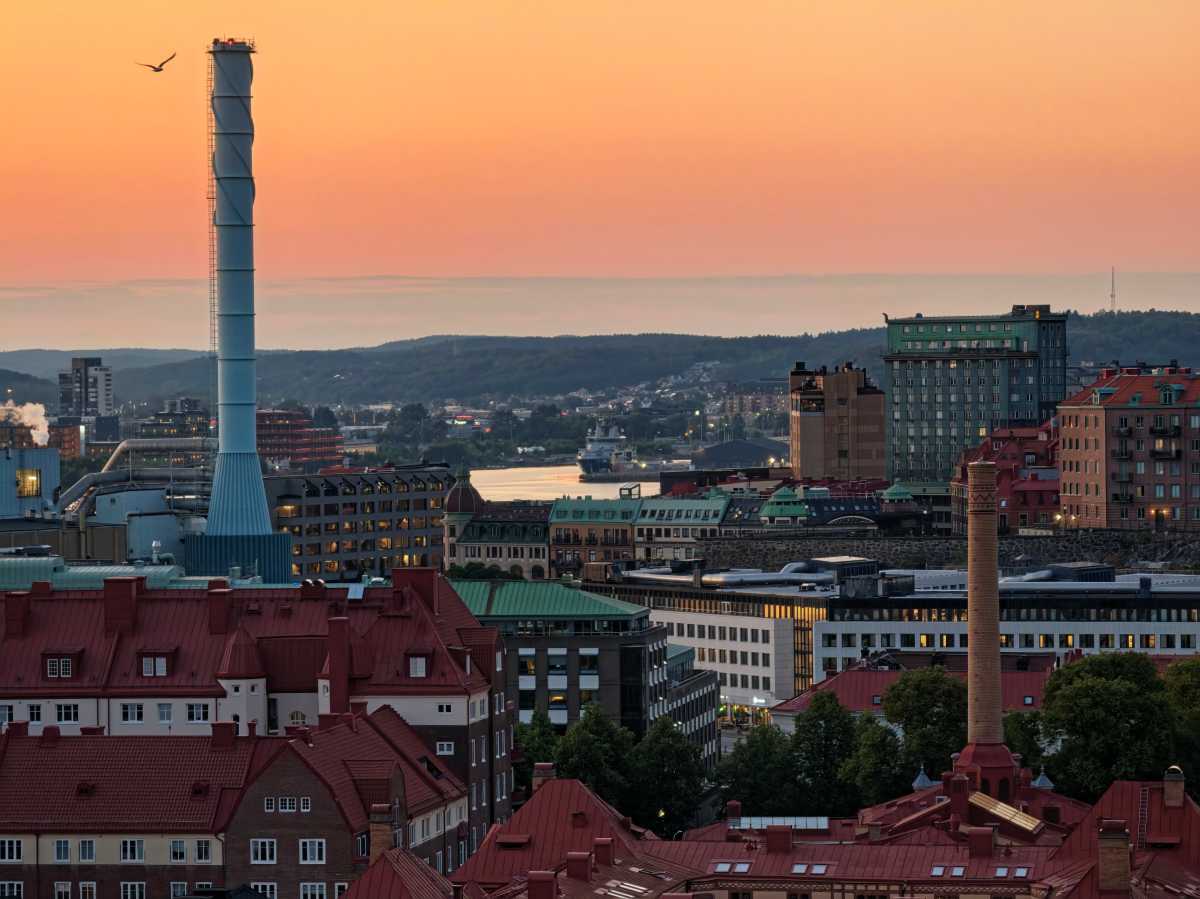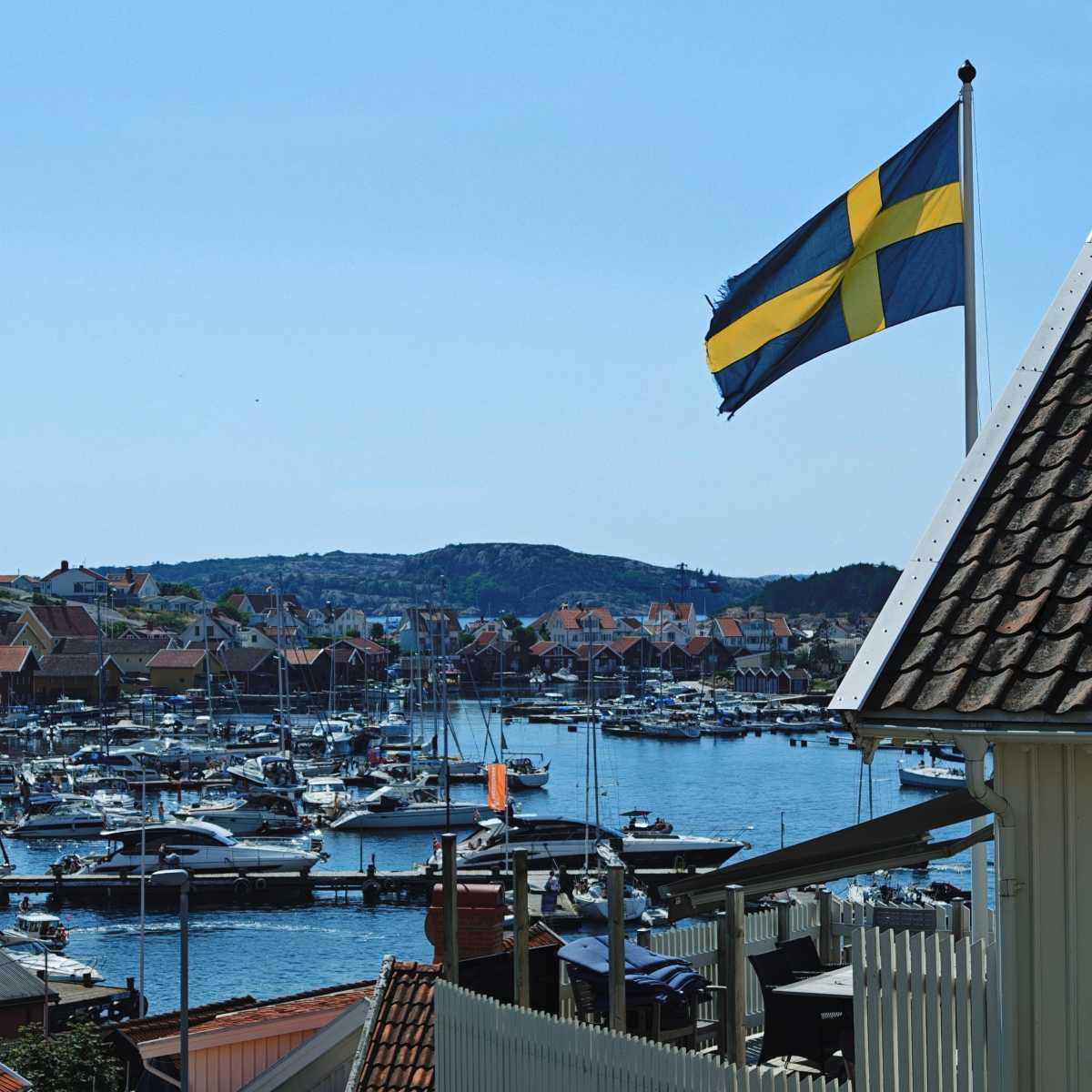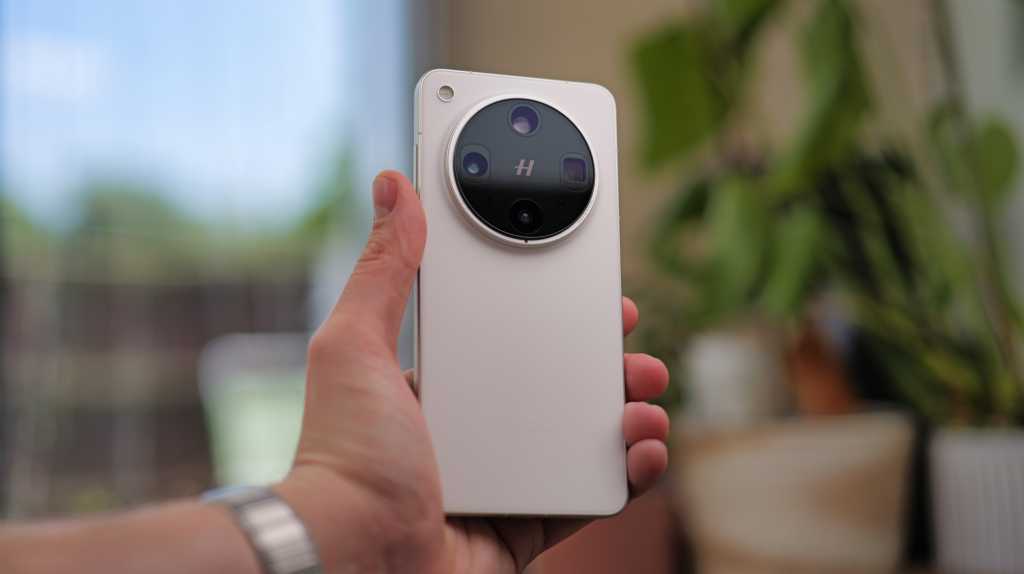Oppo recently renewed its partnership with the legendary photography company, Hasselblad. To mark the occasion, I was invited over to Hasselblad’s hometown of Gothenburg, Sweden, and I spent the week shooting photos on Oppo’s most powerful camera phone, the Find X8 Ultra.
The phone originally launched back in April, but it’s only officially available in China. So, until now, I hadn’t been able to fully test its capabilities. Some are calling it the best camera phone ever made, but the competition from the likes of Samsung and Apple is extremely fierce, so how good is this thing, exactly?
The camera hardware
Starting with the main camera, the Oppo Find X8 Ultra utilises a 1-inch type sensor, the largest you’ll find on a modern smartphone. For reference, it’s around 30% larger than the main sensor on mainstream flagships like the iPhone 16 Pro Max or Samsung Galaxy S25 Ultra.
This means that the X8 Ultra will perform better in low-light scenarios, and it’s capable of producing more background blur on close-up shots – just like you’d see with a mirrorless camera or DSLR.
It’s clear that some very clever engineering went into this handset
Luke Baker
This massive main sensor is joined by a 15mm-equivalent ultrawide, a 70mm (3x) periscope telephoto and another 135mm (6x) telephoto. There’s also a dedicated colour spectrum sensor to help ensure correct white balance, even in scenes with challenging multi-coloured lighting.
All of these cameras have a 50Mp resolution sensor, and most use significantly larger sensors than their mainstream competition. Around the front, there’s a 32Mp selfie snapper with autofocus.
It’s a seriously impressive array of lenses, but what surprised me more is that the camera bump isn’t gigantic. Next to phones like the Xiaomi 15 Ultra and Vivo X200 Ultra, the Oppo Find X8 Ultra looks shockingly slim. It’s clear that some very clever engineering went into this handset.

Luke Baker
Of course, hardware is only part of the story; camera phones rely on image processing to get the best results, and that’s where Hasselblad’s expertise comes into play.
The collaboration has resulted in a Hasselblad-tuned Master Mode, as well as film simulations and very in-depth manual control options.
The results
No matter the lighting conditions or subject, I was continually impressed with the photos I shot on the X8 Ultra during my trip. Whether zooming over long distances or capturing an intimate close-up, these cameras bring out all the details, with a very appealing colour palette.

Luke Baker
The phone definitely favours the cooler tones, and that’s even more apparent when using the Hasselblad film simulations. In this situation, it worked in my favour, I think the cool tones and rich blues marry well with Swedish architecture.
However, I don’t feel it’s exactly true-to-life. To my surprise, it was actually scorching hot in Gothenburg, and I don’t think the blue tones of my photos always reflect that. The actual warmth of the summer sun wasn’t as easy to convey using the phone’s filters and film-sims; instead, you’d need to tweak manually.
The 3x telephoto is exceptional for close-ups of food and nature, while the 6x lets you digitally zoom up to around 20x with barely any perceivable loss in quality

Luke Baker
Really, though, that’s one of the only downsides. The 3x telephoto is exceptional for close-ups of food and nature, while the 6x lets you digitally zoom up to around 20x with barely any perceivable loss in quality. If you zoom further, AI image enhancement attempts to pick up the slack, and it does a decent job, but any serious photographer is going to scoff at that.
The main camera can handle some seriously low-light shooting, making it great for indoor locations and late nights on the town. That said, the 3x isn’t far behind, and you might be surprised by how well it keeps up.
The selfie camera isn’t a big draw for this phone, but I was pleasantly surprised by the quality. It captures excellent skin tones, sharp detail, and handles low light better than most. Of course, for truly stunning portraits, the rear cameras are still the way to go.
The ultrawide is the only camera that failed to “wow” me. It’s perfectly decent and matches the other cameras well, but it’s nothing too exceptional. Honestly, that’s usually the case with ultrawide cameras; it’s only really Vivo that’s pushing the envelope here.
Is the Oppo Find X8 Ultra the best camera phone?
As I’m sure you can tell, I’m quite taken with the Oppo Find X8 Ultra. While I might not be ready to declare it the best camera phone ever, it’s certainly up there with the likes of the Xiaomi 15 Ultra, Vivo X200 Ultra and Huawei Pura 80 Ultra.
Sadly, most of these phones a quite hard to get your hands on in the West. Xiaomi’s best is available in the UK, but otherwise, you’d have to look at importing. And in the States, the situation is even tougher.
However, that may not be the case for much longer. After pulling out of Europe altogether during a patent dispute with Nokia, Oppo came back with a bang late last year.
It launched its Find X8 Pro in the UK, but sadly, the Ultra didn’t follow suit. There’s a glimmer of hope that we might see the next Oppo Ultra phone launch internationally.
If it does, that would be very exciting indeed, especially as we now know that the Hasselblad partnership will continue. For now, I’m sure Apple and Samsung‘s dominance will continue, but if you’re a serious photographer, neither is coming close to matching China’s latest batch of Ultra flagships.


